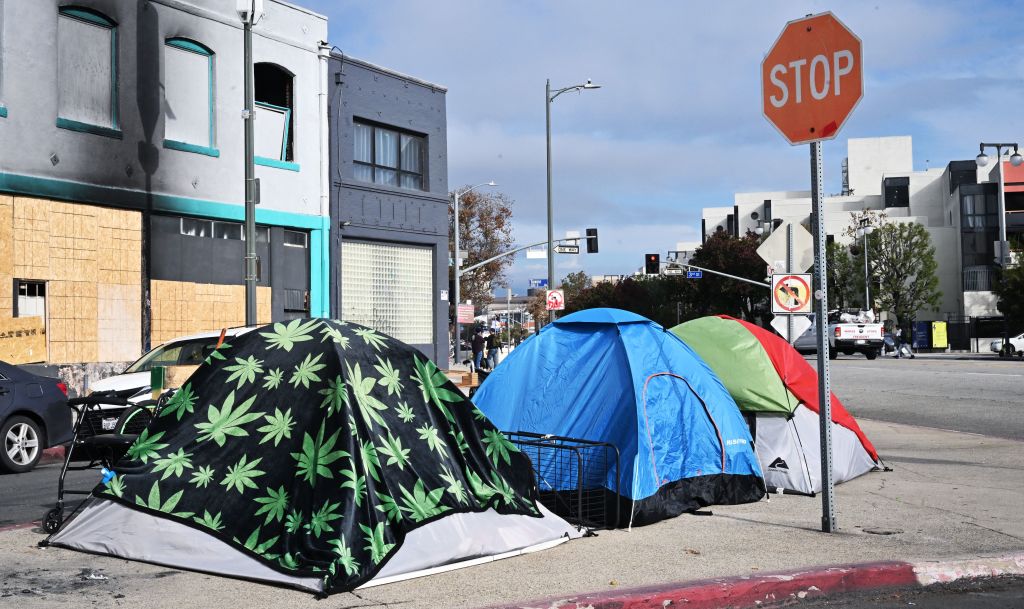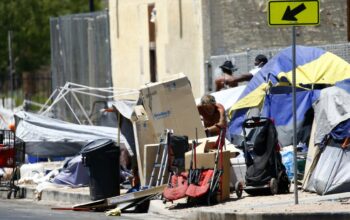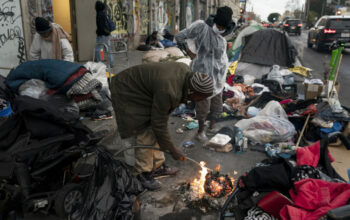Homelessness in the United States increased over the last year and reached its highest level since federal housing authorities began keeping a point-in-time count in 2007, according to the Department of Housing and Urban Development’s annual Homeless Assessment Report released last Friday.
On a single night in January 2023, over 653,100 people experienced homelessness, representing an increase of 12% compared to 2022. Of those, six in 10 were experiencing “sheltered homelessness,” meaning they were in an emergency shelter, transitional housing, or participating in a safe haven program, while four in 10 were experiencing “unsheltered homelessness” in places not meant for human habitation.
The report found that 72% of individuals experiencing homelessness did not have children, but homelessness among families with children rose by 16%. Although the number of individuals experiencing homelessness was up by 11%, the number of homeless families with children rose by 25,000 people (or 16%) between 2022 and 2023, ending a downward trend that began in 2012.
One of the key findings in the report was a sharp rise in the number of people who became homeless for the first time. The number of newly homeless people rose by 25% in the fiscal years 2021 and 2022, even as the number of people exiting homelessness increased by 8%.
The report lists several factors that are likely contributing to this phenomenon, including changes in the rental housing market and the winding down of pandemic protections and programs focused on preventing evictions and housing loss. In 2022, rental housing conditions were challenging due to supply constraints causing rent to rise, but the rate of rent growth has now moderated thanks to housing under construction becoming available to rent in the coming year.
This increase in homelessness has significant effects on the people experiencing it and the communities in which they live. Homelessness is associated with lower life expectancy, higher rates of illness and chronic disease, and increased likelihood of experiencing violence and trauma. It also puts a strain on community resources, from emergency shelters and health clinics to public sanitation services.

















